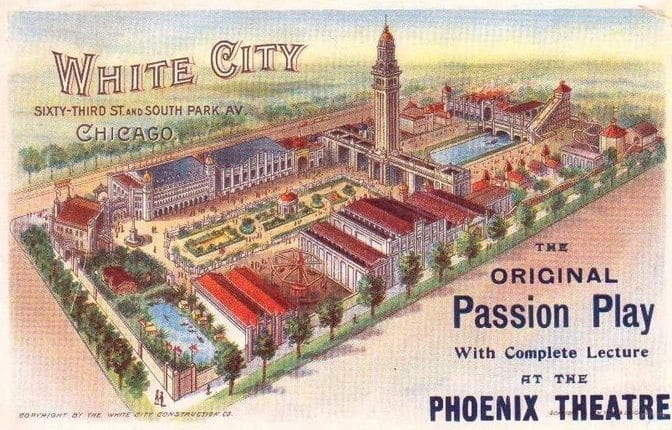The location for the site for the future Obama Library will be in one of two parks on Chicago’s South Side—Jackson Park (the most probable choice at the time) or Washington Park. Both parks were designed by the American landscape architect, Frederick Law Olmsted. Olmsted’s reputation as a landscape architect really began with his winning entry in New York’s Central Park design competition. There was nothing secretive about the process leading up to Olmsted’s choice as the winner. And millions have been the beneficiaries of that successful competition ever since.
For anyone following the various steps leading up to the selection of the architect for the Obama Library, there were several markers along the way that raised concerns:
• This competition was invited, rather than open to all American architects. Obama gained a major measure of his support when he ran for his first term from young people; but young architects had no opportunity to show their appreciation for him by entering the competition. The manner in which the Obama Foundation orchestrated the shortlisting process, somewhat confusing because of how the request for qualifications was handled, completely excluded young architects from even showing what they could do. It was all about the usual suspects, name architects having serious resumes of built projects.
• Probably for political reasons, the powers in charge could not settle on a definite site on Chicago’s South Side. Washington Park and Jackson Park were still in the running. Normally, one would not stage a competition of this magnitude without deciding on a specific site. Later, this could have serious financial implications for the shortlisted firms involved in the competition. (After the selection process was completed, Jackson Park was revealed as the site for the library.)
• The architects who were shortlisted and participated in the competition were required to submit four (4) detailed boards and two models for each site. Requiring such a costly and time-consuming process would have been normal procedure for one site, but for two?
• Although it was known that New York journalist, Paul Goldberger, was involved in the shortlisting process, there was never any list of jury or committee members. It was known that the competition participants were involved in several sessions and made a presentation before the President at the very end; but was he given any guidance or recommendation as to how the designs were ranked by a committee? If there was any semblance of a jury report, it certainly did not make its way into the public realm.
Finally, to make things worse, the architectural firms that participated in this “competition” were not compensated for their work. This may have resulted in some serious financial consequences for those that didn’t win. At the very minimum, and based on what was required, $250,000 at a minimum would probably be a good guess as to each firm’s in-kind contribution.
Could any of the participants lodge a complaint about this scenario? Not in the least, as they had to sign a consent form, whereby they could not comment on any aspect of the competition—something normally encountered in the corporate sector. Moreover, since they have no control over their designs, they might not ever see the light of day. In other words, one may anticipate that there will be no public debate and no discussion about the results of this competition until the library is built.
When asked about releasing the designs of the competitors, the response from the Obama Foundation was: “The architectural selection process was not a design competition and as such there are no designs to share at this time.” Whether the final decision was made by the President or by committee, it makes little difference. One only needs to recall how the grands projets in France were decided under Francois Mitterrand—by the President. And those were also competitions.
One might ask: where was the American Institute of Architects when all of this was going on? Their concern should have been the financial exploitation of the architects, and they should have lobbied against it.This is not to say that the final result of this competition will not be a building of high quality—the winning architects are certainly capable designers. And one may assume that the President himself had little to do with the procedural mechanisms at work in this case. But at least seeing the presentations of all the architects would be a start. How about a traveling exhibition, starting at the Architecture Foundation in Chicago?
-Stanley Collyer, Editor, COMPETITIONS
Reader’s Comments
You raise very good points, especially about the AIA being silent throughout the process. I still work as an architect with a very good firm, like many of the ones you allude to here, ends up doing essentially free work for some clients who require this level of involvement in order to be considered. More people need to take the stance that you have taken here for any chance of change to be forthcoming.
-Sharon McHugh
Princeton, New Jersey


































